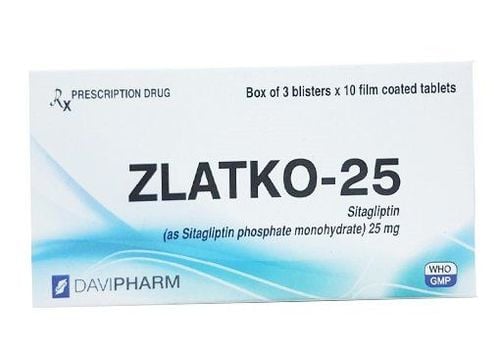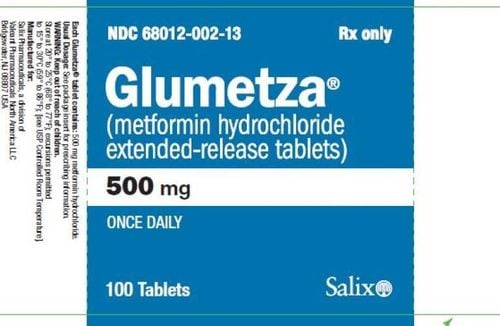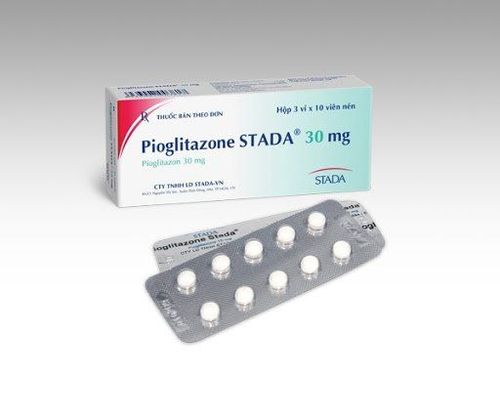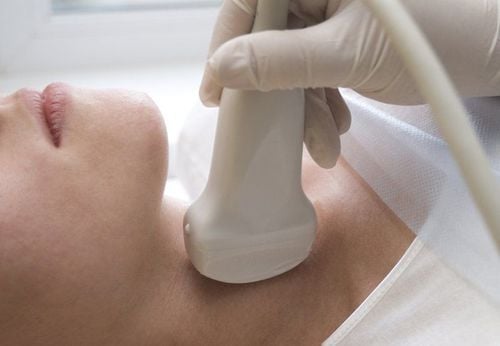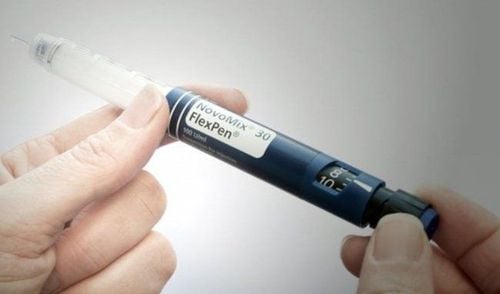This is an automatically translated article.
Latent autoimmune diabetes in adults (LADA) is a form of type 1 diabetes that occurs in people over the age of 30. With immunological features similar to type 1 diabetes but with late onset. and has symptoms similar to type 2 diabetes such as family history, overweight or obesity or maintained beta cell function, so the disease is also called type 1.5 diabetes.
1. Immunological features of type 1.5 diabetes mellitus (LADA)
Immunologically, LADA is characterized by less destruction of beta cells than childhood-onset autoimmune diabetes. In addition, the expression of genes associated with HLA was less and the presence of autoantibodies was also less. The diagnosis of type 1.5 diabetes requires tests for autoantibodies associated with type 1 and type 1.5 diabetes in circulating blood. There are 5 types of autoantibodies involved:GADA autoantibodies, mainly GADA65 ICA autoantibodies Anti-IA-2 autoantibodies, anti-insulin autoantibodies (IAA) Anti-poor transporter autoantibodies (ZnT8) In general, autoantibodies ICA, IAA, IA-2A and ZnT8 are common in childhood-onset autoimmune diabetes (type 1), while GADA, IA-2A autoantibodies are common in type 1 diabetes. ,5. Especially in the diagnosis of latent autoimmune diabetes in adults, GADA has a sensitivity of 76% and a specificity of 95.7%.
Once detected, while GADA autoantibodies persist in patients with type 1.5 diabetes for up to 12 years after diagnosis, IA-2A, ZnT8A autoantibodies tend to disappear over time. time. In addition, studies have shown that LADA patients with higher levels of GADA autoantibodies have a faster rate of loss of islet beta cells than patients with low GADA levels.
2. Distinguishing LADA from type 1 and type 2 diabetes
The clinical features of type 1.5 diabetes are easily confused with type 2 diabetes. Therefore, to distinguish patients in the LADA group can be based on the following characteristics:
Age of onset of LADA is usually less than 50 years of age Symptoms of LADA are more acute: heavy drinking, frequent urination and inattentive weight loss BMI less than 25 kg/m2 Immune characteristics: personal and family history of autoimmune disease (HLA related to DR3/DR4) If at least 2 of the above characteristics are present, the probability falls into Type 1.5 diabetes has a sensitivity of 90% and a specificity of 71%. If there is only one or no feature, the prediction is negative up to 99%.
For type 1 and type 1.5 diabetes in terms of immune characteristics, there are autoantibodies. However, type 1 diabetes occurs mostly in children, without insulin resistance and requires insulin therapy from the onset. Meanwhile, LADA is more common after the age of 30 and requires insulin therapy for at least 6 months.

Người bệnh cần quan tâm đến đặc điểm miễn dịch của đái tháo đường
3. Criteria for diagnosis of type 2 diabetes based on immune characteristics
Criteria for diagnosis of latent autoimmune diabetes in adults include:
Age at diagnosis (over 30) Positive for at least one of the antibodies commonly seen in type diabetes 1 consists of antibodies to pancreatic islet cell autoantigens 2 (ICA-2), anti-islet cell autoantibodies (ICA), anti-insulin autoantibodies (IAA), and anti-glutamic acid decarboxylase 65 autoantibodies. GADA) There is evidence of transient beta-cell preservation with a delay in requiring insulin therapy of at least 6 months after initial diagnosis. Latent autoimmune diabetes in adults is often confused with type 2 diabetes because of its onset after the age of 25-30 years, and the initial presentation resembles symptoms of type 1 diabetes with the juvenile form of diabetes. type 1. Accordingly, in order to have the most accurate diagnosis of type of diabetes, patients need to choose reputable medical facilities for testing and screening.
In order to help customers screen and distinguish the right type of diabetes, Vinmec International General Hospital has been and continues to deploy a Package of screening for diabetes and dyslipidemia with outstanding advantages. The following outstanding features:
Performed by a team of medical professionals - doctors who are leading experts in the industry, highly qualified, dedicated and wholeheartedly for the benefit of the patient. With 90% having university degrees, 20% being professors and associate professors, nearly 30% having doctorate degrees, bringing high efficiency in medical examination and treatment. Comprehensive and professional medical examination, consultation and treatment services. The system of modern equipment, supports effective diagnosis and treatment. Modern, civilized, luxurious and sterile medical examination and treatment space. Thanks to these outstanding advantages, customers can choose to visit, screen and monitor diabetes treatment effectively and safely at Vinmec International General Hospital.
Please dial HOTLINE for more information or register for an appointment HERE. Download MyVinmec app to make appointments faster and to manage your bookings easily.




